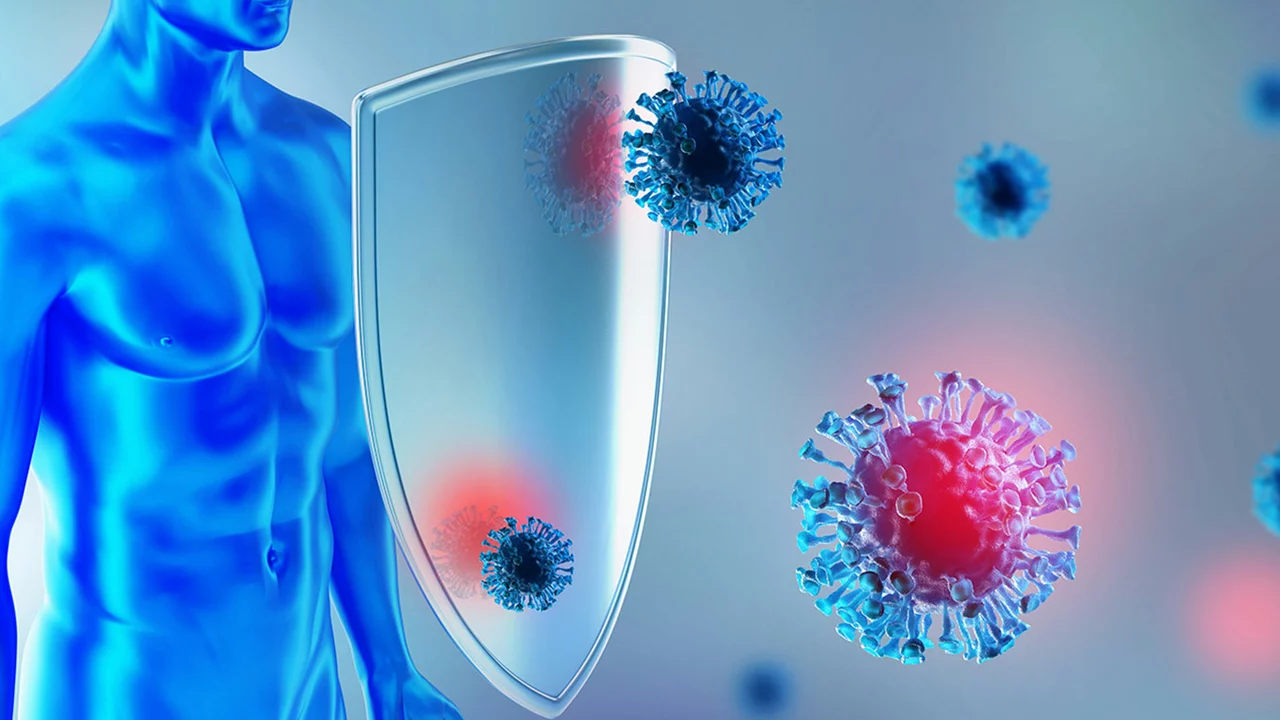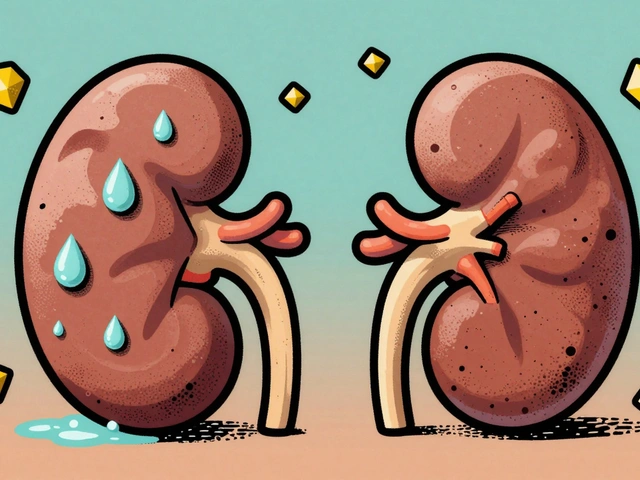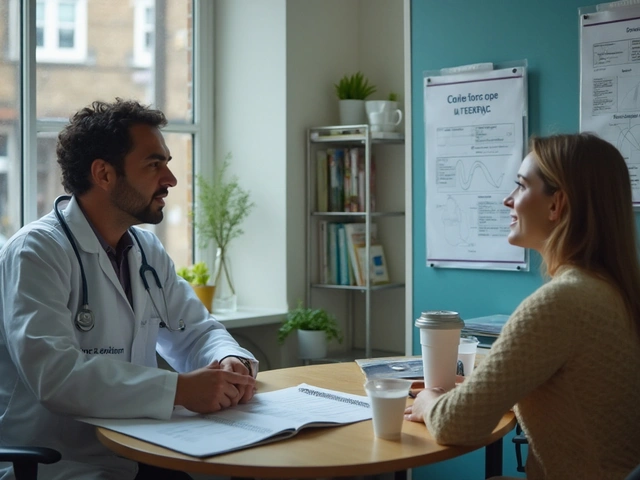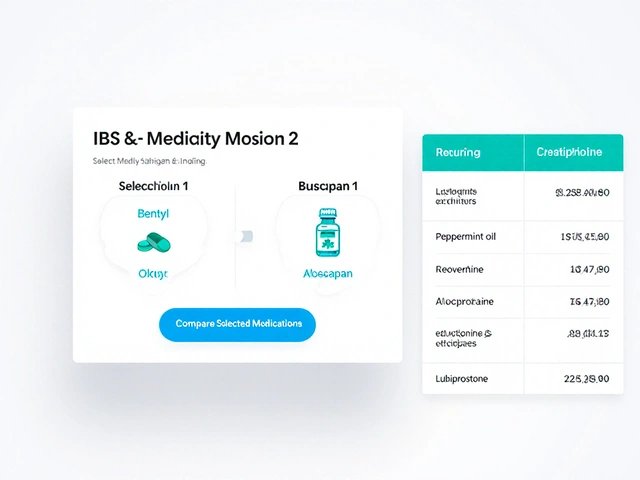Leprosy (Hansen's Disease): Symptoms, Diagnosis & Treatment
Leprosy, also called Hansen's disease, sounds scary but there's good news: it's curable and rarely spreads if treated. Knowing the early signs and getting the right drugs quickly stops the disease from causing permanent nerve damage and disability.
What to watch for: common symptoms
Leprosy affects the skin and peripheral nerves. Look out for:
- Pale or reddish patches on the skin that don’t heal.
- Numbness or reduced feeling in those patches (you might not notice heat, cold, or pain).
- Muscle weakness, especially in hands or feet, and thinning of the eyebrows.
- Nerve swelling or tender nodules along nerve paths, or persistent ulcers on the feet from unnoticed injuries.
How doctors diagnose leprosy
Diagnosis starts with a clinical exam. A healthcare worker checks skin patches and tests sensation with a simple touch or pin. If leprosy is suspected, they may do:
- Skin smear or biopsy to look for the bacteria under a microscope.
- Basic nerve function tests and pictures of the affected areas.
Tests help classify the disease as paucibacillary (few bacteria) or multibacillary (more bacteria). That classification guides treatment length.
WHO-recommended multidrug therapy (MDT) cures leprosy. For paucibacillary leprosy the usual course lasts about 6 months, and for multibacillary cases about 12 months. Typical drugs used are dapsone, rifampicin, and clofazimine. Rifampicin is highly effective and usually given monthly under supervision, while other drugs are taken daily or as prescribed. Finish the full course—stopping early can cause relapse.
Some people develop immune reactions during or after treatment. These reactions can cause sudden nerve pain, swelling, or new skin changes. They need prompt care—often corticosteroids reduce inflammation, and severe cases may need specialized treatment.
Preventing disability matters. Early treatment protects nerves. Simple self-care—checking feet daily, treating cuts quickly, using protective footwear, and doing range-of-motion exercises—reduces long-term problems. Physical therapy and reconstructive surgery can help when nerve damage already exists.
How does leprosy spread? Transmission requires prolonged, close contact with an untreated person. Casual contact is low risk. Many countries use single-dose rifampicin for close contacts as a preventive step. BCG vaccine gives some protection but is not a complete shield.
If you see persistent numb skin patches, new muscle weakness, or unexplained ulcers, see a healthcare provider experienced with leprosy. Early action means simple treatment and a normal life. Avoid stigma—people treated for leprosy can return to work and family life without risk to others once on proper therapy.
Need trustworthy info? Look for resources from your national health service or the World Health Organization, and ask a trained clinician about diagnosis and local treatment programs.

Leprosy is a chronic infectious disease that primarily affects the skin, nerves, and mucous membranes. As a blogger, I find it fascinating that leprosy can manipulate our immune system, allowing the bacteria to evade detection and multiply. The two main types of leprosy, tuberculoid and lepromatous, impact our body's defenses differently, with the latter causing severe damage to the immune system. It's important to raise awareness about this disease and the need for early diagnosis and treatment to prevent long-term complications. Understanding how leprosy interacts with our immune system is crucial to finding better ways to combat this ancient, yet still prevalent, disease.
Continue Reading





